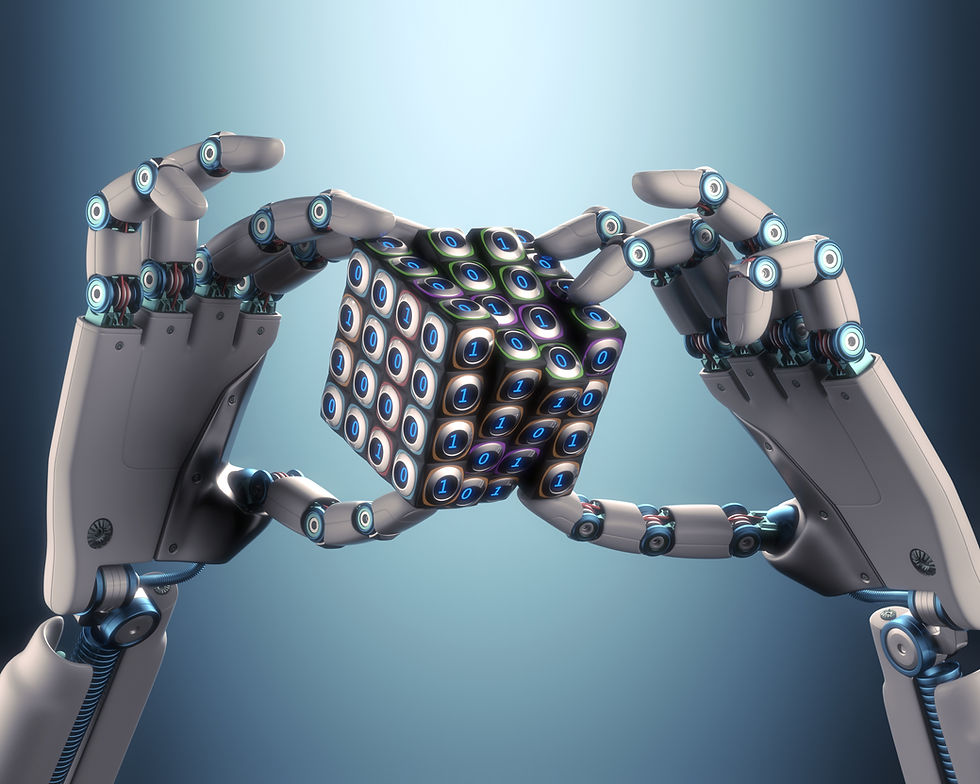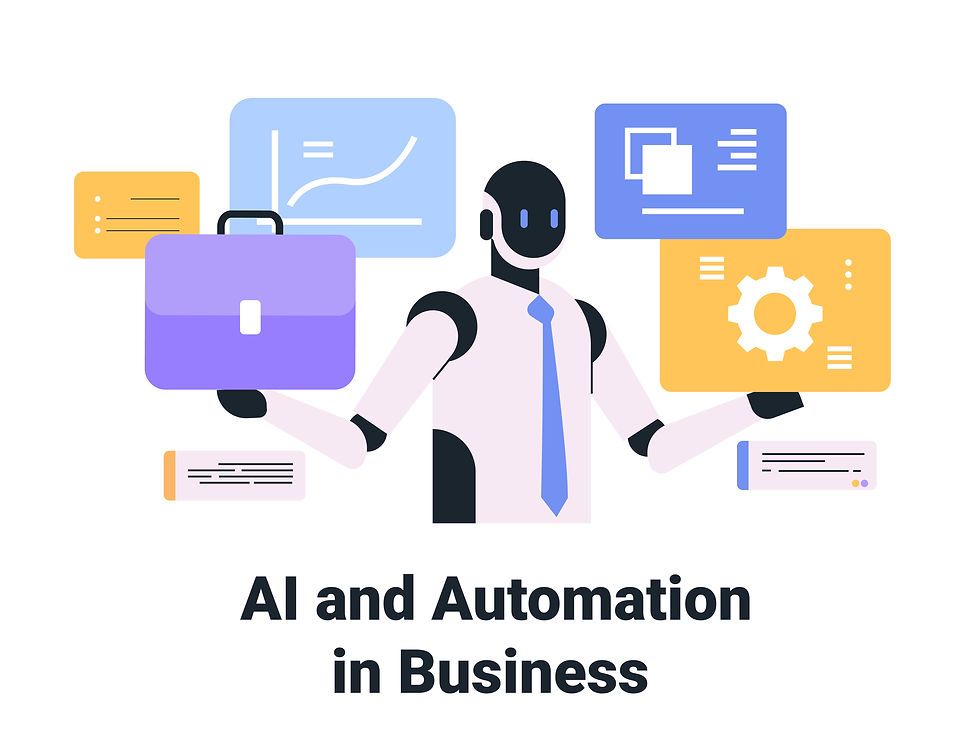Will RPA Replace Humans?
- Patrick Wong

- Mar 2, 2023
- 1 min read

Robotic Process Automation (RPA) is a technology that allows organizations to automate repetitive, rule-based tasks that were previously done by humans. While RPA can automate some tasks previously done by humans, it cannot fully replace human resources. Instead, it can free up valuable time for human workers to focus on more complex tasks and higher-level strategic initiatives.
Here are some general steps to use RPA to automate tasks and potentially reduce the need for human resources:
1. Identify tasks that are repetitive, rule-based, and time-consuming.
2. Determine if the tasks can be automated with RPA.
3. Select an RPA tool and configure it to automate the identified tasks.
4. Test the automation to ensure it is working correctly.
5. Monitor the automation to ensure it continues to work correctly and make adjustments as necessary.
6. Evaluate the impact of the automation on human resources and adjust staffing levels accordingly.
It's important to note that the goal of RPA is not to replace human workers, but rather to augment their capabilities and make their work more efficient. Additionally, there may be certain tasks that require human expertise and cannot be automated with RPA. Therefore, it's important to carefully evaluate the impact of RPA on human resources and adjust staffing levels accordingly.





Comments